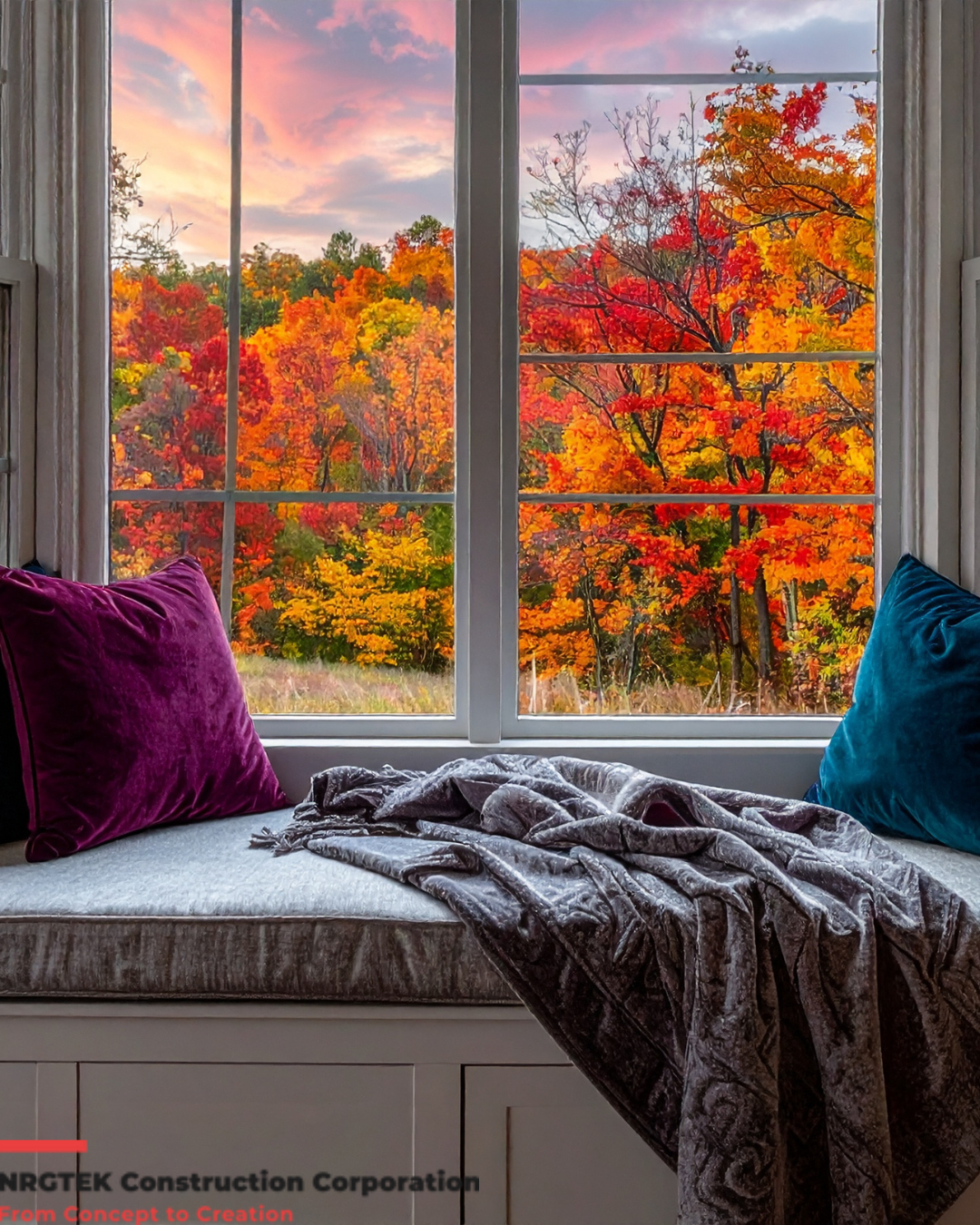
Building Smart in a Wet Climate
Living and building in British Columbia’s Pacific Northwest comes with a unique challenge: rain — and lots of it. The region’s stunning forests, lush mountains, and coastal beauty owe much to the high levels of precipitation it receives each year. However, for builders, homeowners, and developers, this moisture-rich environment means one thing: you need to build smart.
At NRGTEK Construction, we understand that success in this region begins with designing and constructing homes and buildings that withstand the challenges of moisture, humidity, and heavy rainfall. Whether you’re developing a new project in Vancouver, Nanaimo, or Prince Rupert, here’s how to build with BC’s wet climate in mind.
1. Prioritize Site Drainage and Grading
The battle against water begins at the ground level.
Proper site grading ensures that water flows away from your foundation, not toward it. Sloping the land, installing perimeter drains, and designing landscaping that channels runoff correctly are essential first steps.
For high-rainfall zones, French drains, retaining walls, and sump pumps can provide extra protection against pooling and foundation damage.
2. Invest in a Solid Building Envelope
Your building envelope — the barrier between the interior and exterior — is your first line of defense against moisture.
Using high-quality weather-resistant barriers, proper flashing, and sealed cladding systems prevents water intrusion. In coastal areas, where wind-driven rain is common, rain screen systems are particularly effective. These systems create a ventilated gap behind exterior cladding, allowing trapped moisture to drain and evaporate safely.
3. Choose Durable, Moisture-Resistant Materials
Not all materials are created equal when it comes to withstanding rain and humidity.
- Fiber cement siding, treated wood, and metal roofing hold up well in wet climates.
- Vinyl windows and composite trims resist rot and warping.
- In basements and crawlspaces, vapor barriers and moisture-resistant insulation (like closed-cell spray foam) help prevent mold and structural damage.
At NRGTEK, we always select materials that enhance the life and durability of the structure — even in the constant Pacific moisture.
4. Ensure Proper Ventilation
Moisture doesn’t only attack from the outside — it also builds up inside.
Adequate ventilation and airflow throughout the structure prevent condensation and mold growth. This includes:
- HRV (Heat Recovery Ventilation) systems to balance humidity levels.
- Properly vented attics and crawlspaces to prevent dampness.
- Bathroom and kitchen exhaust fans vented to the exterior — not the attic.
These small details make a significant difference in maintaining indoor air quality and long-term building health.
5. Regular Maintenance and Inspections
Even the best-built homes need care. Regular inspections of roofs, gutters, downspouts, and exterior caulking help identify issues before they become significant problems.
At NRGTEK Construction, we encourage all property owners to treat maintenance as protection — not an expense. A few hours of upkeep each year can save thousands in future repairs.
Building for the Future
As rainfall patterns in BC become more intense due to climate change, the importance of moisture management will only grow. Building durable, efficient, and resilient structures isn’t just a best practice — it’s a responsibility to our clients and our environment.
At NRGTEK Construction, we bring experience, precision, and local expertise to every project. From site preparation to finishing touches, our goal is to ensure that your building not only survives but thrives in BC’s wet weather.










